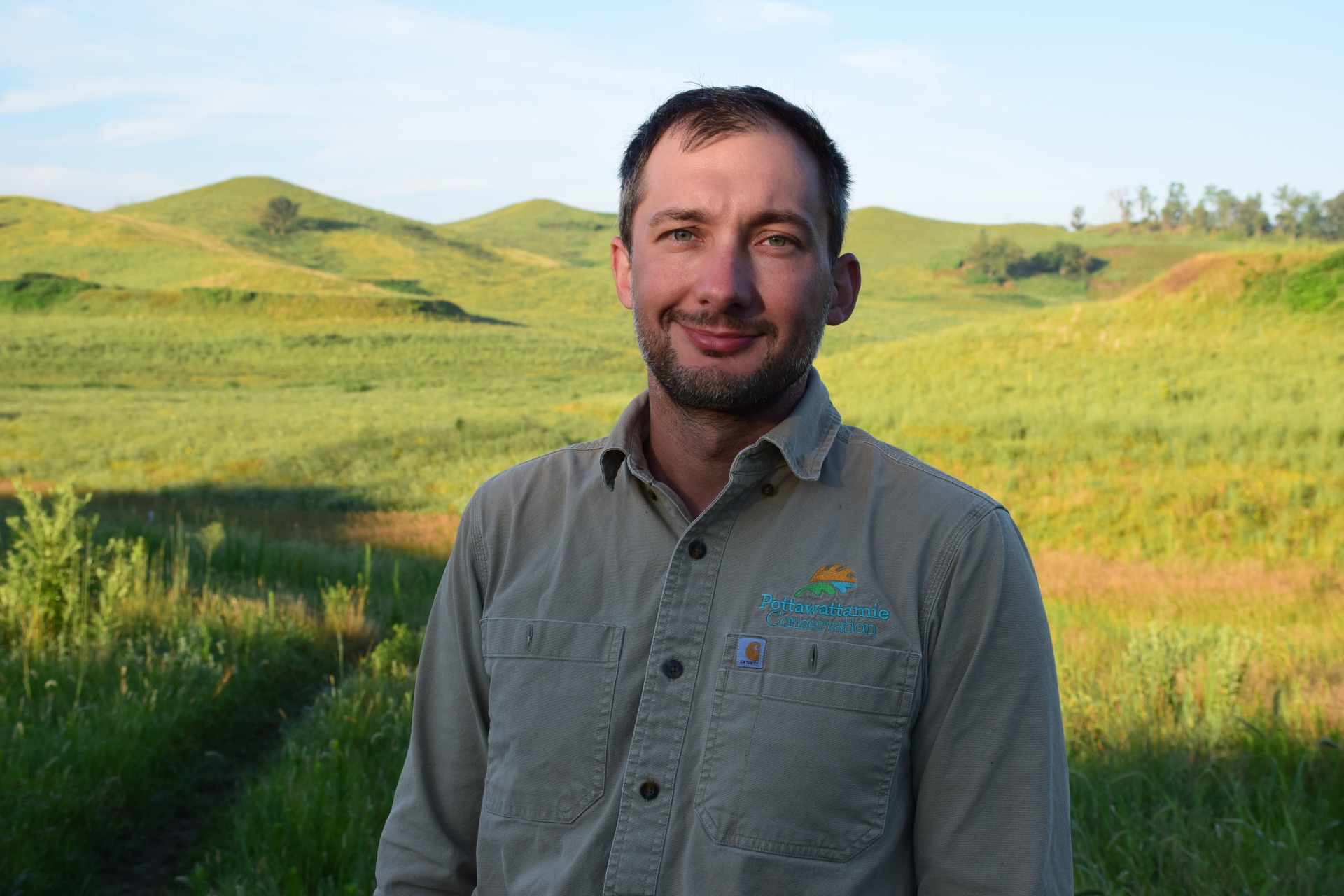I’m hiking.
Lazy drought-dried puffs of loess drift aloft with each step.
The kicked-up dust clouds hang there as if questioning their commitment to gravity.
The decision is split.
Some of the tan soil goes with the air, riding currents up, up and away. Other bits of loess become warpaint, mixing with the sweat on my face. More settle back earthward; the ground quartz alighting onto the white corkscrewing inflorescences of Spiranthes scattered along the trail.
This is a “new” trail at Hitchcock, one of several. They’re not really new, though. Feet, hooves, and wagon wheels wore different sections of these paths generations ago. Other parts were gouged out into permanent scars by bulldozers.
The gouge I’m walking on now is called Lotus Loop. It’s named in reference to the prolific lily pads that grow in Rahel Pond, the dominant feature along the trail. Plus, it’s, uh… you know, a loop. I’m hiking out to my favorite ridge along this trail. The ridge overlooks the pond. The ridge is creatively named Pond Ridge.
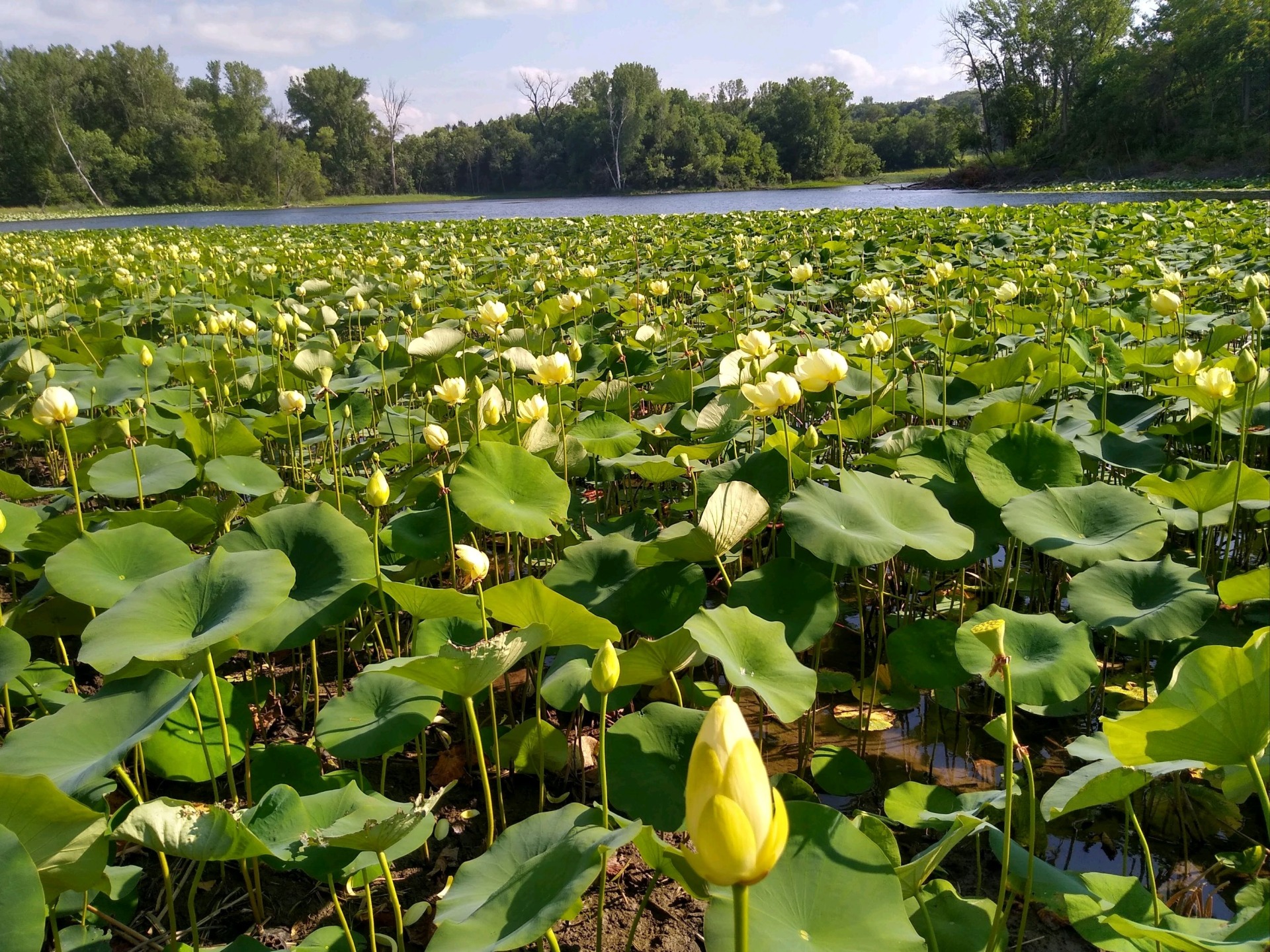
From the south, Pond Ridge looks like a capital L with the vertical line reclining deep in a La-Z-Boy. Lotus Loop crosses the relaxed L at the axis, the intersection of its angled and horizontal lines. West of the trail (the reclining bit) is a steep 300’ naturally sloping ridge of grass and oak woodlands that climbs to the blue jay sky. East of the trail (the flat bit) the ridge abruptly becomes a level mesa covered in diminutive prairie plants. The shape is unnatural. Pond Ridge isn’t alone in this asymmetry, either; next door a smaller spur ridge has been flattened, too. Actually, the whole valley is ringed with these strange peninsulas.
I walk out onto the level part of Pond Ridge. It’s covered in a patchy, stunted bed of junegrass, bastard toadflax, and dotted gayfeather. Purple heads of narrow-leaved coneflowers nod in the breeze a foot above the surface. The thin prairie plants are like a threadbare carpet with mottled splotches of algae and lichen smattering the soil below like some moldy subfloor. These plants and bryophytes are endemic to the Loess Hills. They’re specially adapted to all the varieties of weather, soil conditions, and nutrient availability of this place. They’re also equipped to handle the timeless disturbances of the prairie; fire, grazing, and… bulldozing?
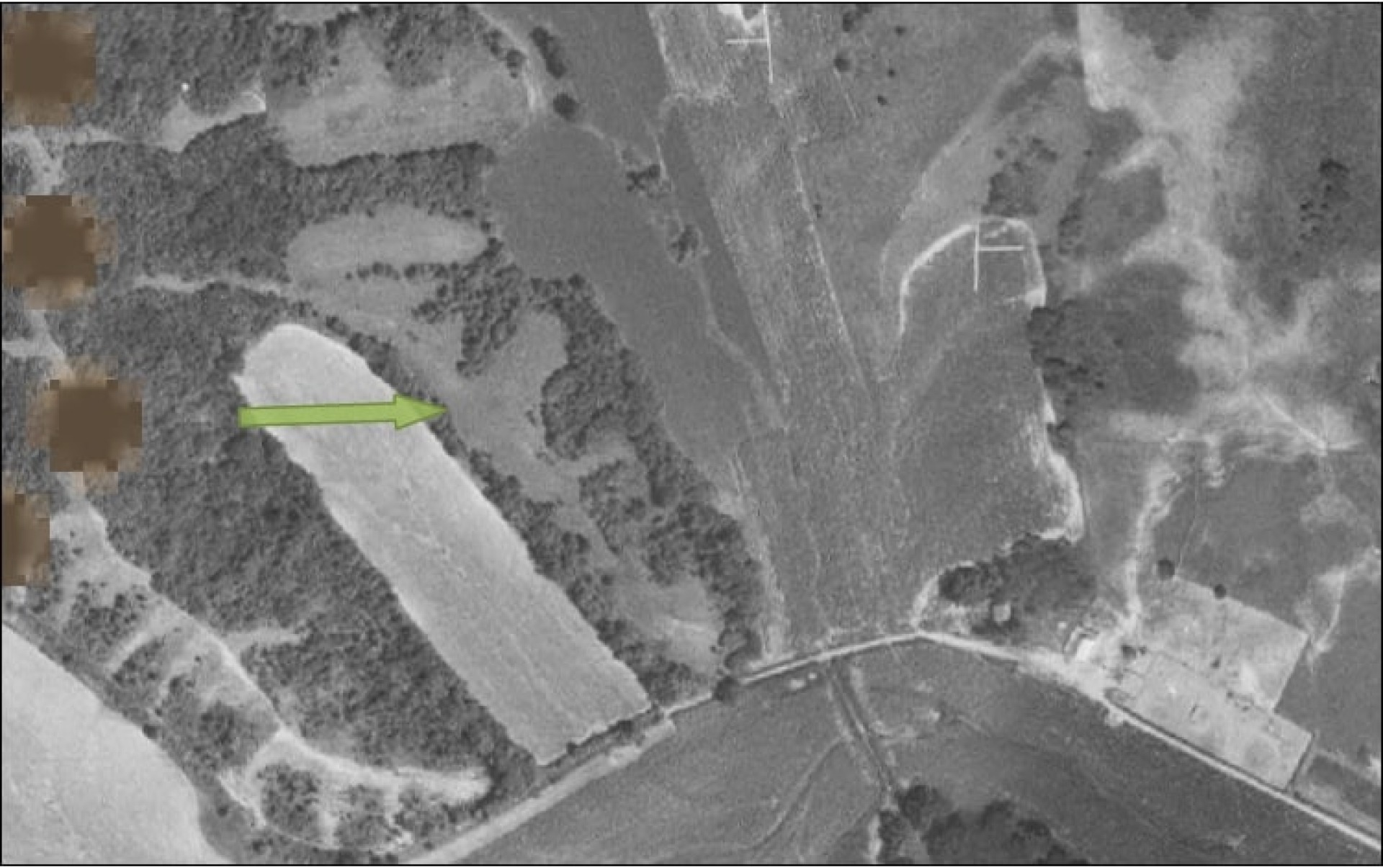
Yes, as you might’ve guessed, these flattened ridges were bulldozed just like the trails. And yet, somehow, in some ridiculous way, the plant community on this particular ridge has recovered. That’s insane! What a crazy display of resilience and adaptability. In contrast, the species responsible for the dozing failed to adapt to their own (economic) environment. The creature I refer to is known as a “Housing Developer,” Constructum domesticum.
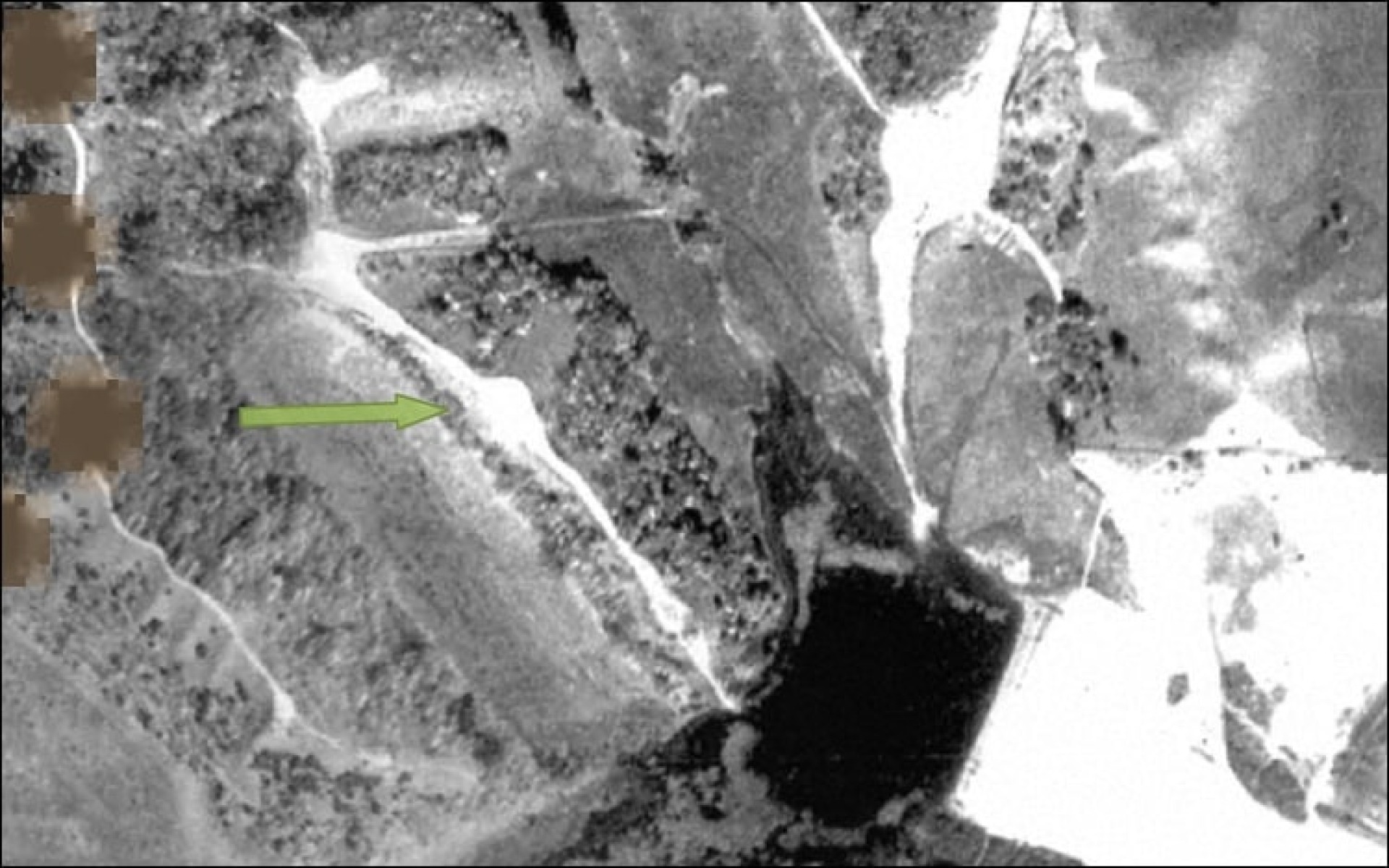
Constructum domesticum had plans of selling ridge-top mansions with commanding views of the Rahel Pond valley and the smog-smudged Omaha skyline. They had literally begun the groundwork, gouging out trails for roads and grading the ends of these ridges for housing plots.
I reach the end of the plateau, sit, and wait. The ridge’s natural rounded shape returns as it dives sharply to the pond’s edge. The view is remarkable. The water, the undulating hills, the horizon.
The tiniest sliver of me, the tip of a hangnail, can understand why the developer would do it. I’d live here. Drinking coffee, watching the sunrise over the pond. Sunlight refracted into oranges and yellows in the calm mirrored water before bending in the rippling wake of a swimming goose. A heron stalking silently amidst night’s lingering shadows. The scent of Dalea in the air.
I spot another flattened ridge across the pond and make a mental note to find the nail clippers when I get home.
Sitting here amidst the sideoats and green milkweed, listening to cicadas making cicada sounds while a red-headed woodpecker hammers their face against a rotting cottonwood, I can sort of understand how the prairie healed in this spot.
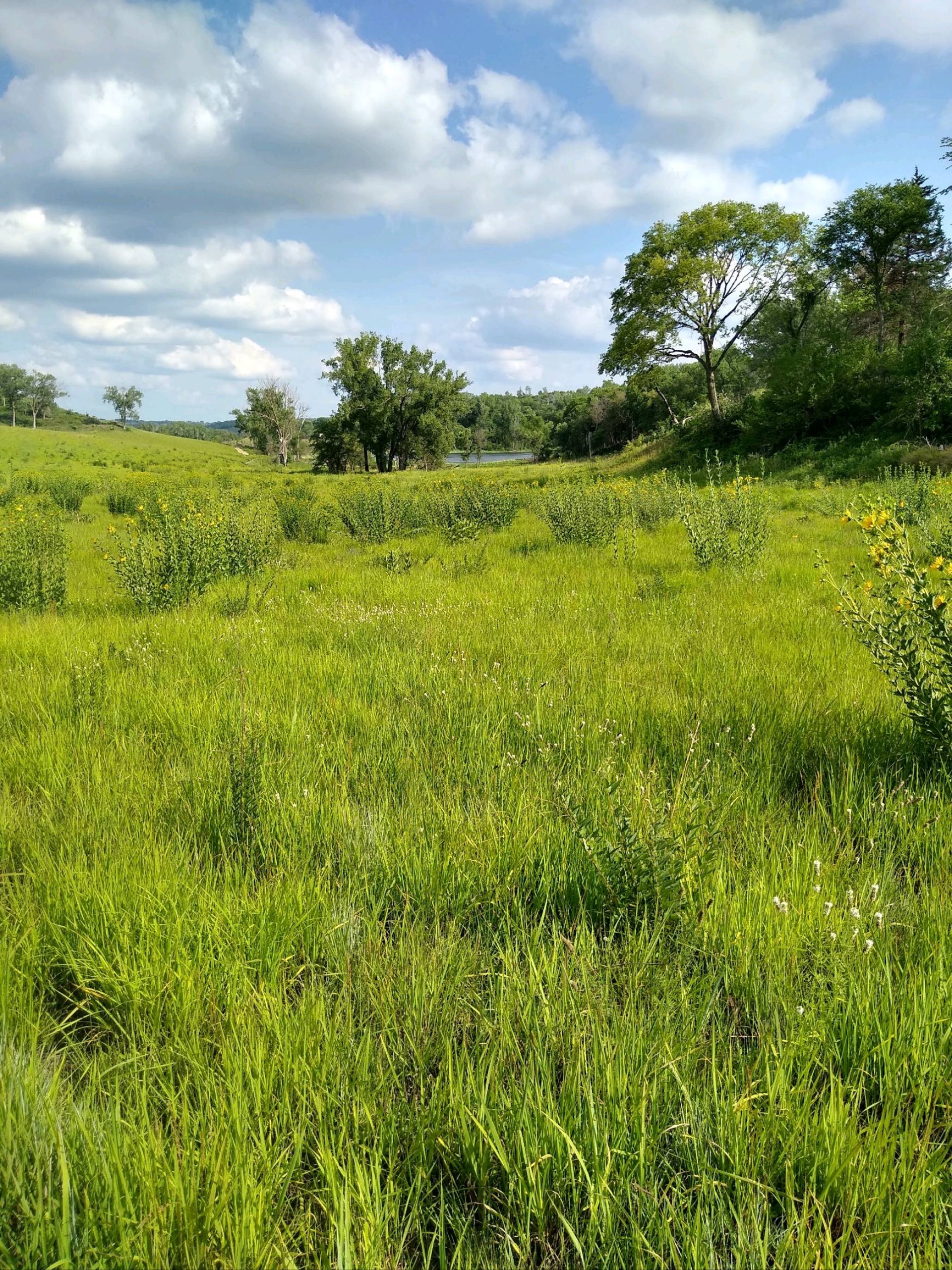
It seems that Pond Ridge didn’t need much grading. It endured a shallow dozing, something akin to a really bad scraped knee. That's not the case with most of the other ridges, though. Most of the rest endured intensive dirt work. It was more than the prairie could take. The aftermath has turned these areas into weedy scrub forests full of aggressive trees, brush, and invasive species. These are not scraped knees. They’re festering Civil War-style amputations.
But how deep is too deep? A shallow scrape and the grasslands can return. A heavier hand and we lose everything.
I’m hungry and hot.
I get back on Lotus Loop and start the trek towards my snacks and air-conditioned car. I reach the top of the next ridge to the south and take in the haze of Omaha. Most people are in air-conditioned offices or homes at this time of day. So many people live there.
Like the Pond Ridge prairie, people say that humans, too, have been successful because of our adaptability. As evidence, they point out that we occupy every continent and environment of our planet. Deserts, mountains, ice caps. People are everywhere. We fill the earth like liquid, flowing into all the niches of our container.
Is that true though, that we are the adaptable ones? We don’t really live in extreme places so much as we create cozy shelters within them, to escape them. It’s not adaptation in which we excel, but our intolerance of discomfort.
We don’t adapt, we force the world to. Earth has been resilient so far. (Though She seems to be wavering.) She has withstood our callus pursuit of comfort and convenience. In addition to the whole housing thing, She endures silly stuff like golf courses in Arizona, man-made islands in Dubai, and tiled, central pivot, chemical-drenched crop fields in Iowa.
We alter these places and test her resilience again and again.
But how deep is too deep? Will our scrape be a skinned knee or will we stay on our current bulldozing path and lose everything?
